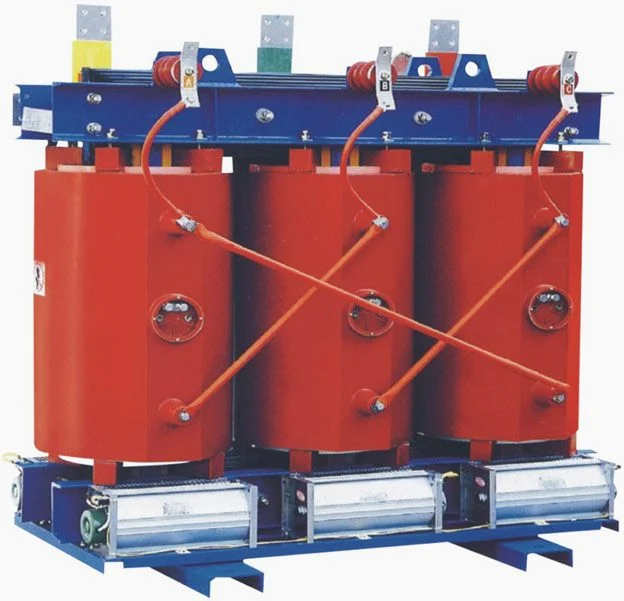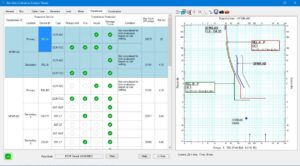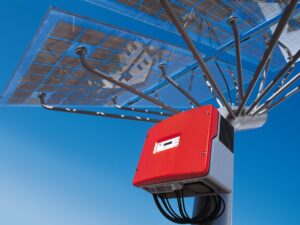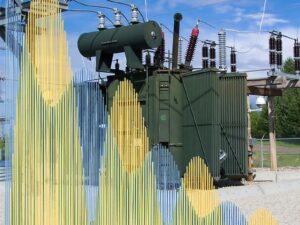In the transformer Wye winding configuration, the low-voltage ends of all three windings connects to a common point.
If there is a balanced loading on transformer, no current will flow to the ground from the common point.
In practice, there are six ways to interconnect a transformer Wye (Y/Star) winding configuration as shown in below figure. This figure also shows the vector diagram of each interconnection.
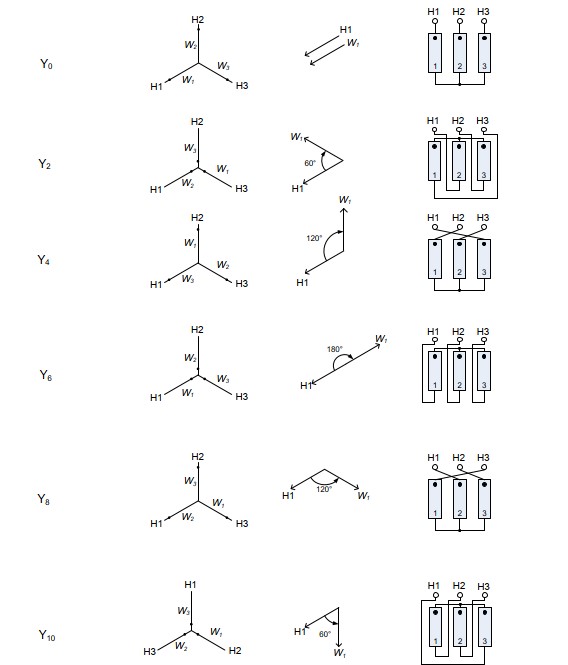
In order to know the positive phase sequence from one winding set to another set across the transformer it is necessary to know which winding core is connected to which bushing.
There is a disadvantage to grounding the neutral point of a Y connection in transformers.
The grounded neutral point in the transformer serves as a return path for the current when one of the lines or all three of the lines on the Y-connection side is short-circuited to the ground.
These fault currents are high, and if not cleared instantaneously, they can create a significant system disturbance.
The ground fault currents have a high third harmonic component. This can disrupt local telecommunication networks and can cause pilot relaying in the power system.

